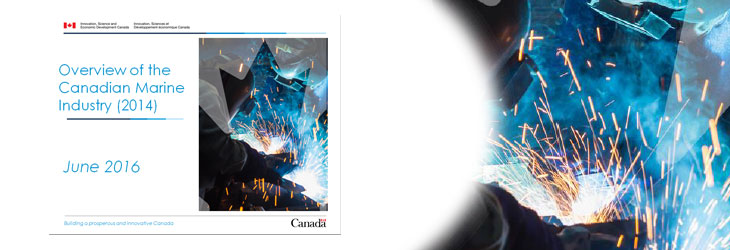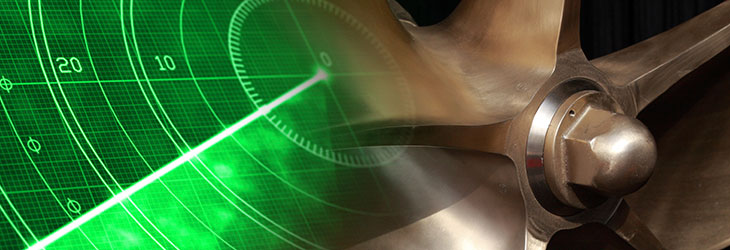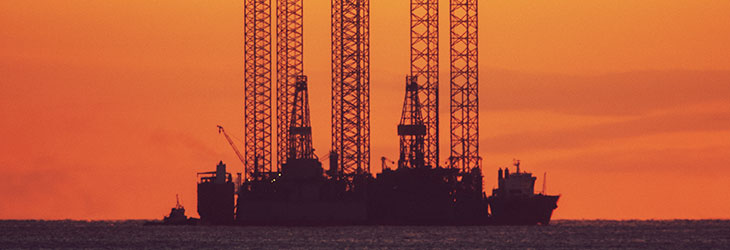
Marine equipment as it relates to ship platforms can broadly be categorized into mission (or combat) systems and platform systems. Efforts are ongoing in the context of the federal fleet renewal to identify Canadian capabilities and how they may translate into Key Industrial Capabilities (KICs).
Mission systems
Naval mission systems encompass the combat systems on a naval vessel (such as frigates and patrol vessels). These are the systems that allow the ship to perform the specific mission. Ensuring mission systems providers have a domestic footprint in Canada to provide in-service-support to the federal fleet is strategically important for security and sovereignty.
Mission systems may include: Autonomy & Remotely Operated Vehicles; Combat Management Systems; Fire Control; Communication Systems; Electro-Optical Sensors; Electronic Warfare Systems; Navigation Systems; Radar; Sonar and Weapons.
Platform systems
Platforms systems, such as propulsion and auxiliary, are the systems that allow a vessel to function as a ship. A recent ISED led survey of Canadian providers of marine platform systems, suitable for military use, found that there are more than 40 modern and competitive military marine platform systems amongst 32 Canadian firms. Almost 90% of these systems are present on Canadian military ships. These firms appear to be export oriented given about 70% of these systems found are present on foreign ships.
The Ship Propulsion Systems, Electrical Power Systems, Related Components, Ship-borne Software, Sensors, Electronics, Navigation Systems, Equipment Control Systems and Components and Naval Ship-Borne Systems areas totaled $679.3M in sales; accounting for 47.1% of total marine sales in 2014.

Government support
Federal government policy is a major factor in the development of the naval sector. In particular, defence procurement often requires associated socio-economic benefits for Canada, through Industrial and Regional Benefits and Industrial and Technological Benefits. These policies ensure that the money spent has a resulting impact on Canadian companies, providing opportunities for direct sales to Canada as well as opportunities to develop their products and competitively sell innovative products abroad.







